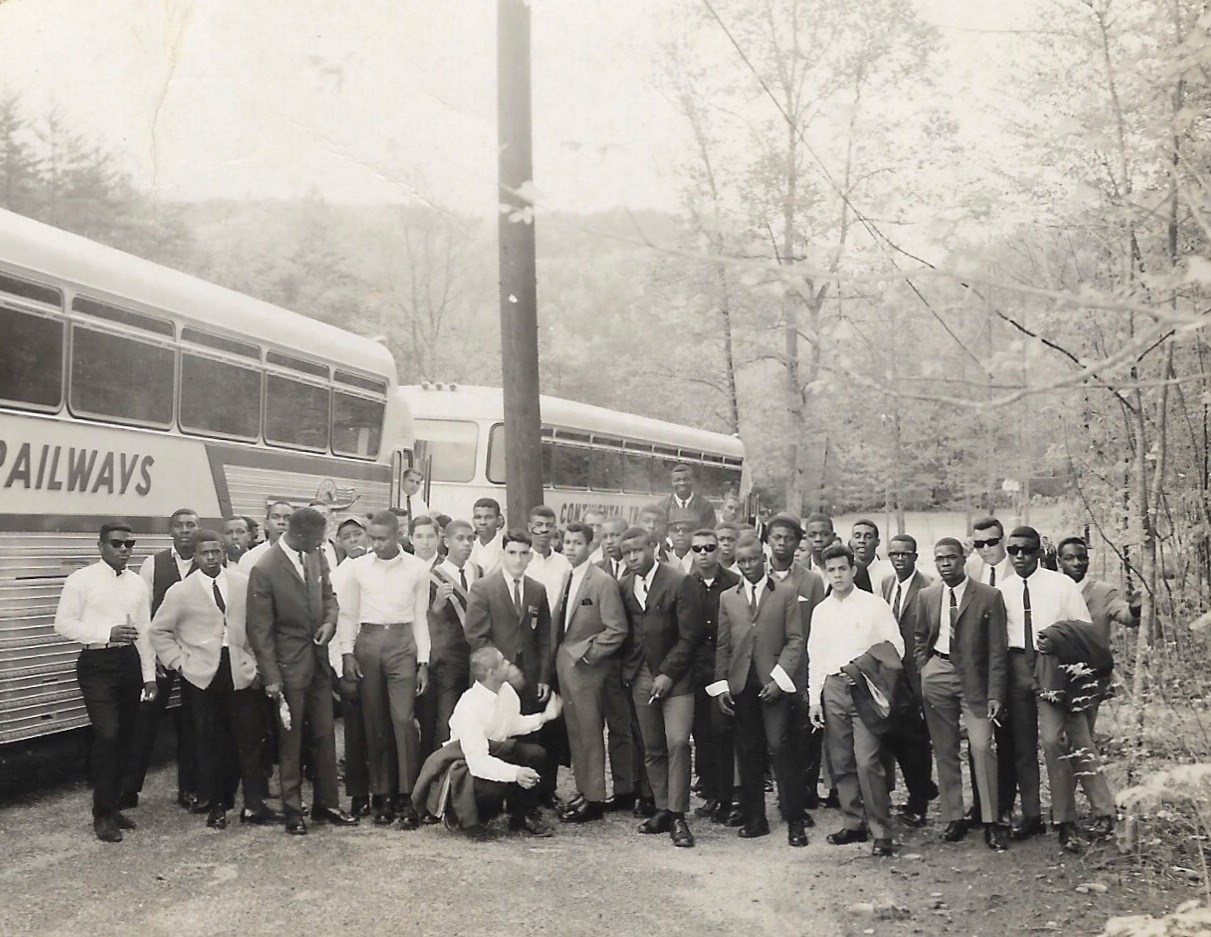
NPS Photo Background InformationIn 2018, Great Smoky Mountains National Park (GRSMNP) started The African American Experiences in the Smokies Project (AAESP). This project focuses on the experiences and stories of African Americans in the Smokies and surrounding areas to bring visibility to a historically overlooked population in Southern Appalachia.In thinking about African American experiences in and around the Smokies, it is important to consider the relationship, or lack thereof, that has existed between Black people and GRSMNP. The number of African American visitors at national parks have historically been low. According to data collected by the National Park Service in 2018, less than one percent of National Park visitors were African American. Asian and Latino visitors combined made up less than one percent, while white people made up roughly 90 percent of park visitors. The history of segregation in the United States majorly contributes to why there have been so few African Americans visiting national parks. Segregation During National Park Service DevelopmentDiscourse around segregation was complicated as national parks were being developed in the 1930s and ‘40s. While some federal officials felt that parks should not be segregated, southern park representatives argued that segregation was necessary to align with laws and customs in southern states. Parks like Shenandoah did not fully integrate until 1950 after much conflict surrounding the topic of segregation.Segregation at GRSMNPIn her research essay “Untold Stories from America’s National Parks”, Susan Shumaker points out that from the late 1930s to the early 40s Great Smoky Mountains National Park created plans to segregate the park as it was being developed. Its leadership considered designating campground and picnic areas in Cades Cove as “colored” facilities. In 1941 Great Smoky Mountains National Park’s first superintendent, J.R. Eakin, wrote a letter to a Department of the Interior official advocating for separate facilities for Black visitors. To support his request, he stated that African Americans made up “two-tenths of one percent of total travel” and that their presence would increase “if campgrounds and picnic grounds were designated for negroes.”Eakin went on to say, “Please understand we have no idea of segregation; it is just a fact that southern negroes will not utilize utilities unless they are designated by signs.” Regardless of the “idea,” Eakin was indeed suggesting segregation and his request was denied. Although there were segregated restrooms at the Newfound Gap comfort station and the visitor center at Forney Ridge Overlook, there is no evidence that plans of designated campgrounds and picnic areas ever came to fruition. No African American Civilian Conservation Corps Companies at GRSMNPThe Civilian Conservation Corps (CCC) was established in 1933 as a part of President Roosevelt’s New Deal to provide jobs for young men after the Great Depression and to begin establishing the United States’ national parks and forests. As the CCC was operating during the era of segregation, white and Black men worked separately. The CCC was active at GRSMNP from 1933 to 1942 when the CCC ended. According to “Great Smoky Mountains National Park: Historic Resource Study”, in 1935 “Eakin persuaded Fourth Corps CCC officials not to send any African-American companies to the park, arguing that “local peace officers could not be expected to protect the colored companies.” This implies that the Smokies was not a safe space for African Americans at the time. No African American CCC companies are known to have served in the Smokies.Research ResourcesGreat Smoky Mountains National Park. “Great Smoky Mountains National Park Historic Resource Study.” Great Smoky Mountains National Park, Apr. 2016.Melton, Marissa. “US Ranger on Mission to Attract More African Americans to National Parks.” VOA, 30 Mar. 2021, www.voanews.com/a/usa_us-ranger-mission-attract-more-african-americans-national-parks/6203926.html. Accessed 15 Mar. 2023. Susan Shumaker. “UNTOLD STORIES from AMERICA’S NATIONAL PARKS - PBS.” Yumpu.com, www.yumpu.com/en/document/read/6668767/untold-stories-from-americas-national-parks-pbs. Accessed 15 Mar. 2023. |
Last updated: March 15, 2023
